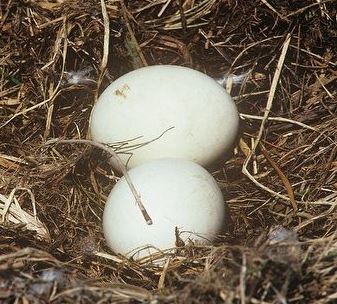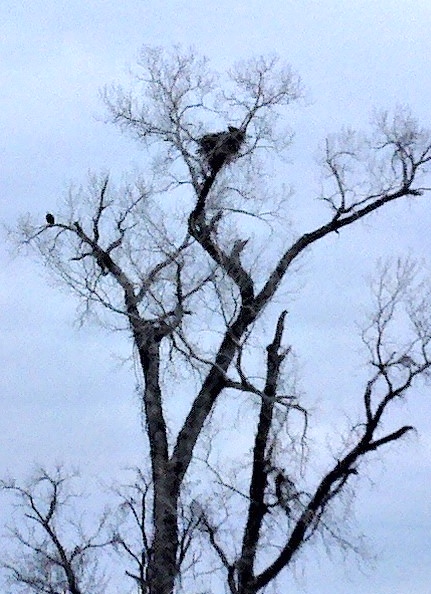After reflecting long and hard over the last few months, I have determined reluctantly that it is time to retire the yearly Nest Watch page on my website. I began that page with the 2019-2020 season as what seemed like a logical extension of my comprehensive collection of statistics on eggs, hatches, and fledges on eagle nest cams since 2011. But I am finding that maintaining the page has become exhausting.
I have endeavored to be thorough, accurate, and timely with the Nest Watch. Staying current with dozens of nests often has required me to keep multiple desktop tabs open at once, and sometimes to hold vigil through weary overnight hours, waiting for an egg or a hatchling. Limitations of some cams – the lack of nighttime infrared light, no date/timestamp, poor video quality, obstructed or zero visibility into the nest bowl, no rewind, intermittent down-time – make accurate observations challenging. I have captured thousands of video recordings, and I often have watched a particular video again and again and again to attempt to confirm time and date. And although I have learned how to be efficient at entering the data on the website, this takes time too.
The Nest Watch seems to have been useful to many eagle cam viewers, although it has not satisfied everyone. I never claimed that my Nest Watch was an “official” record of events at any of the nests on cam, nor have I ever wished to be in the position of “calling” an event – the time an egg is laid, the full emergence of a hatchling from its shell, the definitive lift-off of a new fledgling, the last breath of a dying eaglet. While the data I have logged is mostly based on my own observations, I often have deferred to – and even relied on – the observations of cam owners, operators, and regular viewers of particular nests.
The time and energy I have expended every year from November through August, along with the pressure to “get things right,” have made watching the cams more of a chore than a joy. Added to these is the cumulative downer of witnessing too many sad occurrences over the years, weakening my best efforts to maintain some emotional distance.
Relinquishing the Nest Watch will enable me to devote more time to updating and expanding some of the content throughout my website, and to add new pages on topics that I have not yet had time to explore in depth. Education is the reason I began my website on Bald Eagles back in 2015, and I am eager to continue that in new ways, with several projects that I have had in the works for some time.
I have moved the 2023-2024 Breeding Season report over to the other season reports under Bald Eagle Nest Cams. I will continue to keep the Links to Streaming Cams page up to date as best I can, and I have published updated Egg Calendars. I will continue to collect stats, but probably limited to the cams that allow accurate observations.
Thanks to everyone who has expressed appreciation for my work on the Nest Watch and those who have alerted me to events I missed or to typos or other inaccuracies. The Bald Eagle community is fabulous, and I am privileged to be a part of it. I look forward to a much less stressful season of watching eagle cams with you. Eagle on!







You must be logged in to post a comment.